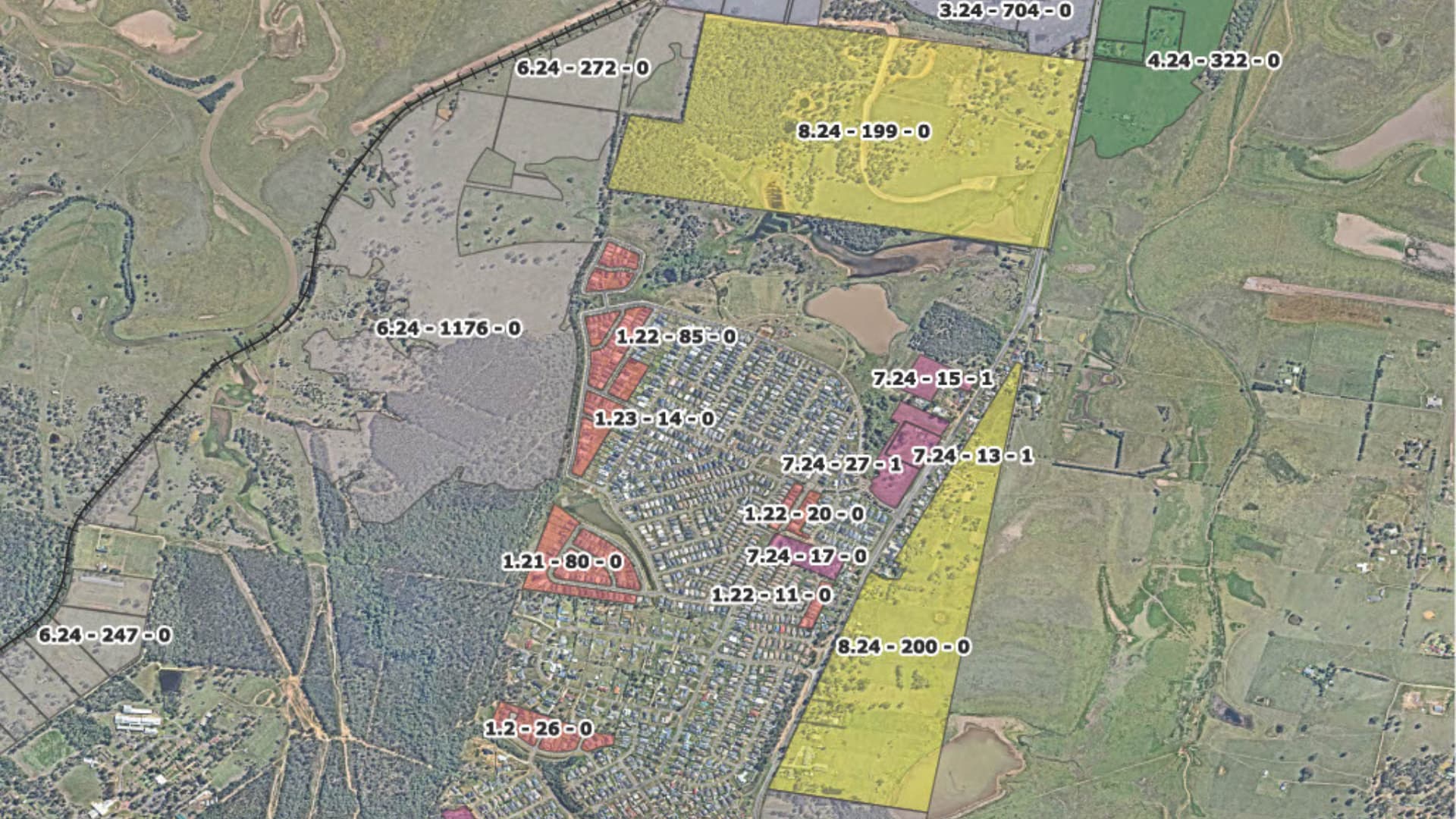By 2041, our forecasts show Australia will have 624,000 more school-aged children than it did in 2021; 252,000 primary school-aged (5-11), and 372,000 secondary-school aged (12-17). And every one of these children will need somewhere to go to school. That’s a lot more schools!
So what’s driving this growth?
There are many things that can cause the population of an area to grow and change, but just a few factors will influence the number of school-aged children in your area more than any others. If you’re involved in school planning, here are the main indicators you should keep an eye on.
What drives population change at a national level?
There are only three ways the population of Australia can change; people being born, people dying, and people arriving or leaving from other countries – in short, births, deaths and migration. Let’s look at the two that directly influence the school-aged population of places.
Overseas migration
Since the mid-2000s, Australia’s overseas migration program has been the most significant driver of population growth in Australia, bolstered by federal government initiatives to attract skilled migrants, support the tertiary education sector, and, yes, balance out Australia’s ageing population. As it gets harder to pack up your life and move somewhere else for work or educational opportunities as you get older, migrants are, on average, younger than the rest of the population.
The side-effect of this phenomenon is an increase in the migrant population of an area means you have more people at younger, ‘family-forming’ stages of life, so in the years ahead, you can expect some of these families will have children.
Births
So how many children will each of these families have?
The fertility rate is the average number of children that each woman will have in her lifetime. It is an important factor in predicting the number of school-aged children in an area, as it determines the number of children that will be born to families in the future.
While the number of total births in Australia has been steadily increasing over recent decades (a result of the growth in the total population), the fertility rate has been steadily decreasing, with women choosing to have fewer children and having children later in life.
You can read more about how the fertility rate has changed in recent years, including how the pandemic influenced fertility and births in this recent blog post by our Census expert, Glenn Capuano.
Factors that influence population change locally
Of course, these children won’t be evenly spread through every suburb in the country. So how many of them will live in your area?
Housing
At the local area level, the factor that influences where families and their children will live is the location, type, affordability and availability of suitable housing. Unlike the macro-demographic drivers of population change, housing is something that can be influenced by local government policy and planning decisions. If there is a shortage of suitable housing, it can lead to families moving elsewhere, or young people delaying having children until they can afford a home. This can have a significant impact on the number of school-aged children in an area.
Putting the pieces together
As specialist population forecasters, we use our expertise as demographers and invest in extensive research to put all these factors together, accounting for historical trends, demographic data, economic indicators, and government policies to forecast population changes at a national, regional, and local level.
Learn how you can access our population forecasts to provide an evidence base for your next project here.
Also published on Medium.









